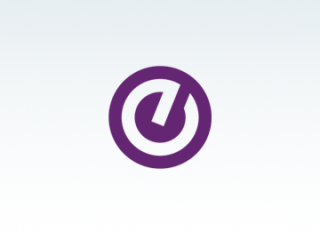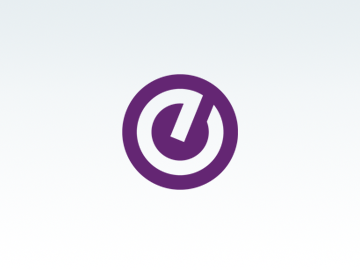Using analytics to increase student success

Key takeaways
- Use analytics to further student advising and success
- Before implementing a new technology, evaluate your institution’s readiness
- Technology should be in the service of strategy
In her role as the executive responsible for all research, benchmarking, and analytics at EDUCAUSE, a nonprofit association and community of IT leaders committed to advancing higher education, Susan Grajek tracks the impact of technology on higher education. Lately, she has seen encouraging results in the use of analytics to further student assessment and advising.
“Student success is where I see a lot of interest and activity in applied analytics,” she says. “We’ve mainly focused on using analytics and technology to rethink, reframe, and re-architect the student advising process.” Much of the funding for this research comes from the Bill and Melinda Gates Foundation.
EDUCAUSE has explored technologies that enable institutions to help advise students and map their education. “If you think like a student,” says Grajek, “success comes from answering questions such as, ‘Do I have a plan for my education, or am I just winging it semester to semester?
Do I have a major, and do I understand the requirements are for that major? Have I created a plan for attaining those requirements? Am I on track in a particular course or with my plan to graduate in an affordable timespan? What can I do if I’m not?’”
These are big questions, and no single analytics technology can address them. However, Grajek points out that the first steps to gaining insights from data have less to do with specific technology and are more about institutional readiness, how it collects data, how its systems talk to each other, and whether it has a clearly defined strategy.
“We try to be agnostic about platforms and technology specifics because what works for one institution won’t necessarily work for another,” says Grajek. “Sometimes that has to do with the institution’s specific aims and specific focus areas or simply what its current architecture can handle. Some institutions want to buy off-the-shelf, turnkey solutions; others want to create their own analytics infrastructure that enables them to develop and manage their own algorithms.”
One thing most colleges and universities can agree on, however, is how they measure success.“The most common metric that institutions seem to use to judge whether they’re having success is the student completion rate or the persistence rate.”
Grajek cites two recent examples of institutions that apply analytics to improve these metrics:
- Middle Tennessee State University (MTSU) launched a predictive analytics platform a couple of years ago. Earlier this year, MTSU saw a three-percentage-point increase in first-year student retention. That increase enabled the university to achieve the highest retention rate for new freshmen in 15 years. MTSU directly attributes this achievement to the technology.
- Montgomery County (Pa.) Community College has been working on using analytics for student success for three years. The college has developed a student success network that includes a system of early alerts. Based on student performance data and various associated behaviors, the system can identify at-risk students. Advisors and students then receive alerts about actions they should take. The system includes a dashboard that students and advisors can log in to. There, they see financial aid information, the college’s learning management system, assignments due, and any early alerts—all in one view.
Grajek views the use of analytics to improve student success as an emerging best practice.
“I think that a lot of institutions are in denial about that and they are underinvesting,” she says. “My big concern is that folks often think the way to solve a challenge like this is to start with the technology. I think technology should always be in the service of strategy. Make sure that you’ve got the people and the process, the investment, the policies, the understanding of the outcomes you want to achieve in place before you start looking at technologies. And recognise that, because this area is still emerging, today’s investments will probably have a short shelf life.”
SUSAN GRAJEK, Vice President, Communities and Research, EDUCAUSE
Susan Grajek is EDUCAUSE’s vice president for Communities and Research. She is responsible for research, benchmarking, and analytics programs and for formal and informal communities of practice. Before joining EDUCAUSE, she spent over 25 years at Yale University in a range of IT management and leadership positions. Grajek holds a Ph.D. in psychology from Yale.
And for more insights and resources about becoming an analytics-driven campus, check out our analytics-driven campus resource page.


